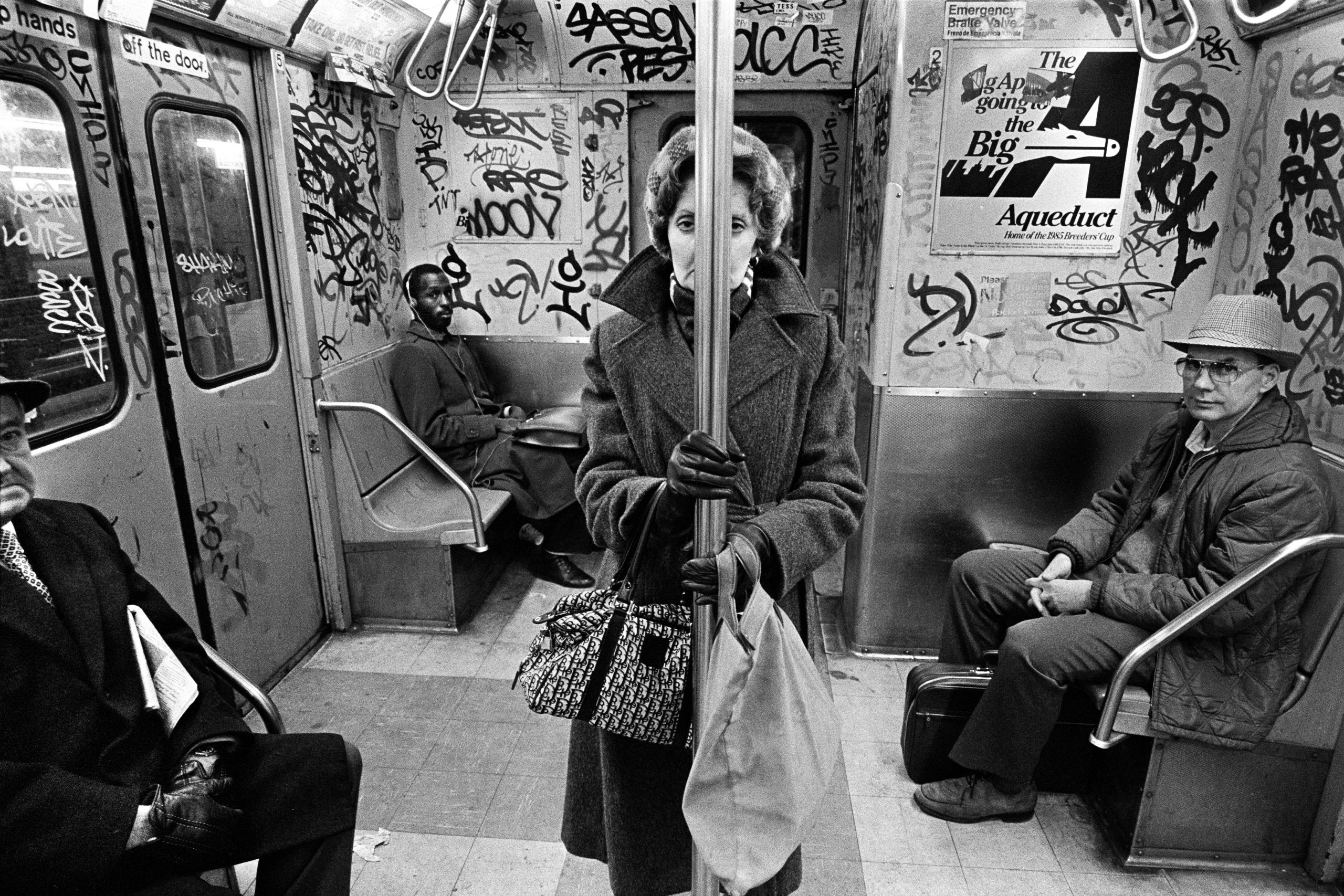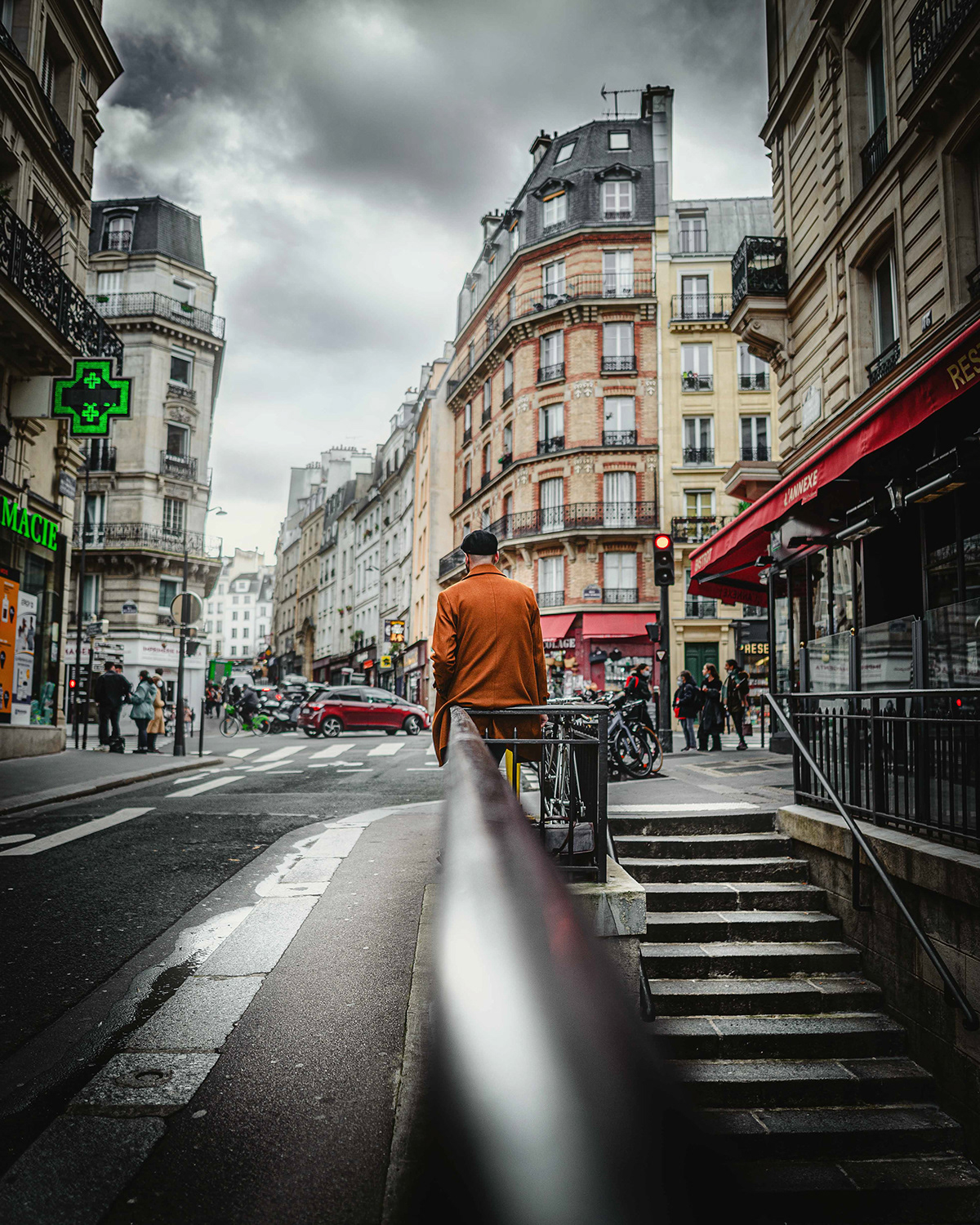The 7-Minute Rule for Street Photographers
Table of ContentsExcitement About Street PhotographersEverything about Street PhotographersThe Street Photographers Ideas6 Easy Facts About Street Photographers DescribedSome Known Factual Statements About Street Photographers
, a style of digital photography that records day-to-day life in a public location. The actual publicness of the setting enables the photographer to take honest photos of unfamiliar people, commonly without their knowledge. Road professional photographers do not necessarily have a social purpose in mind, yet they like to isolate and catch moments which could otherwise go undetected.Though he was affected by most of those that affected the street digital photographers of the 1950s and '60s, he was not primarily thinking about capturing the spirit of the street. The impulse to visually document individuals in public started with 19th-century painters such as Edgar Degas, douard Manet, and Henri de Toulouse-Lautrec, who worked side by side with photographers trying to record the essence of metropolitan life.
As a result of the comparatively primitive technology offered to him and the long direct exposure time called for, he battled to capture the pressure of the Paris streets. He try out a collection of photographic techniques, trying to discover one that would enable him to catch motion without a blur, and he located some success with the calotype, patented in 1841 by William Henry Fox Talbot. While the digital photographers' topic was essentially the exact same, the results were significantly different, demonstrating the impact of the photographer's intent on the character of the photos he generated.
6 Simple Techniques For Street Photographers
Offered the fine high quality of his pictures and the breadth of product, architects and artists often got Atget's prints to make use of as recommendation for their own job, though business rate of interests were rarely his main motivation. Rather, he was driven to photograph every last remnant of the Paris he enjoyed.

Unlike his peers, Brassa utilized a larger-format Voigtlnder video camera with a much longer exposure time, compeling him to be much more calculated and thoughtful in his technique than he might have been if making use of a Leica. (It is thought that he may not have had the ability to afford a Leica back then, but he did, nonetheless, use one in the late 1950s to take colour photos.) Brassa's pictures of the Paris underworld lit up by artificial light were a revelation, and the collection of the collection that he published, (1933 ), was a major success.

The Only Guide to Street Photographers
It is due to this essential understanding of the art of photo taking that he is often credited with finding the medium around once more about a century because its development. He took pictures for even more than a half century and influenced generations of professional photographers to trust their eye and intuition in the moment.
These are the concerns I will check my reference try to address: And after that I'll leave you with my very own interpretation of road digital photography. Yes, we do. Allow's start with specifying what an interpretation is: According to it is: "The act of specifying, or of making something definite, distinct, or clear".
No, definitely not. The term is both limiting and deceiving. Seems like a street photography ought to be pictures of a roads right?! And all street photographers, with the exception of a handful of outright novices, will completely appreciate that a street is not the key part to road digital photography, and really if it's a photo of a street with maybe a couple of monotonous individuals doing absolutely nothing of rate of try these out interest, that's not street digital photography that's a snapshot of a road.
7 Easy Facts About Street Photographers Shown
He makes a valid factor do not you assume? While I concur with him I'm not sure "candid public digital photography" will catch on (although I do kind of like the term "honest photography") since "road photography" has actually been around for a lengthy time, with numerous masters' names connected to it, so I think the term is here to remain. Street Photographers.
You can fire at the beach, at a festival, in a street, in a park, in a piazza, in a cafe, at a gallery or art gallery, in a metro terminal, at an event, on a bridge, under a bridge ...
Examine This Report on Street Photographers
Yes, I'm afraid we terrified no choice! Without rules we can not have a meaning, and without an interpretation we do not have a genre, and without a category we do not have anything to specify what we do, and so we are stuck in a "regulations meaning style" loop! - Street Photographers

Comments on “Excitement About Street Photographers”